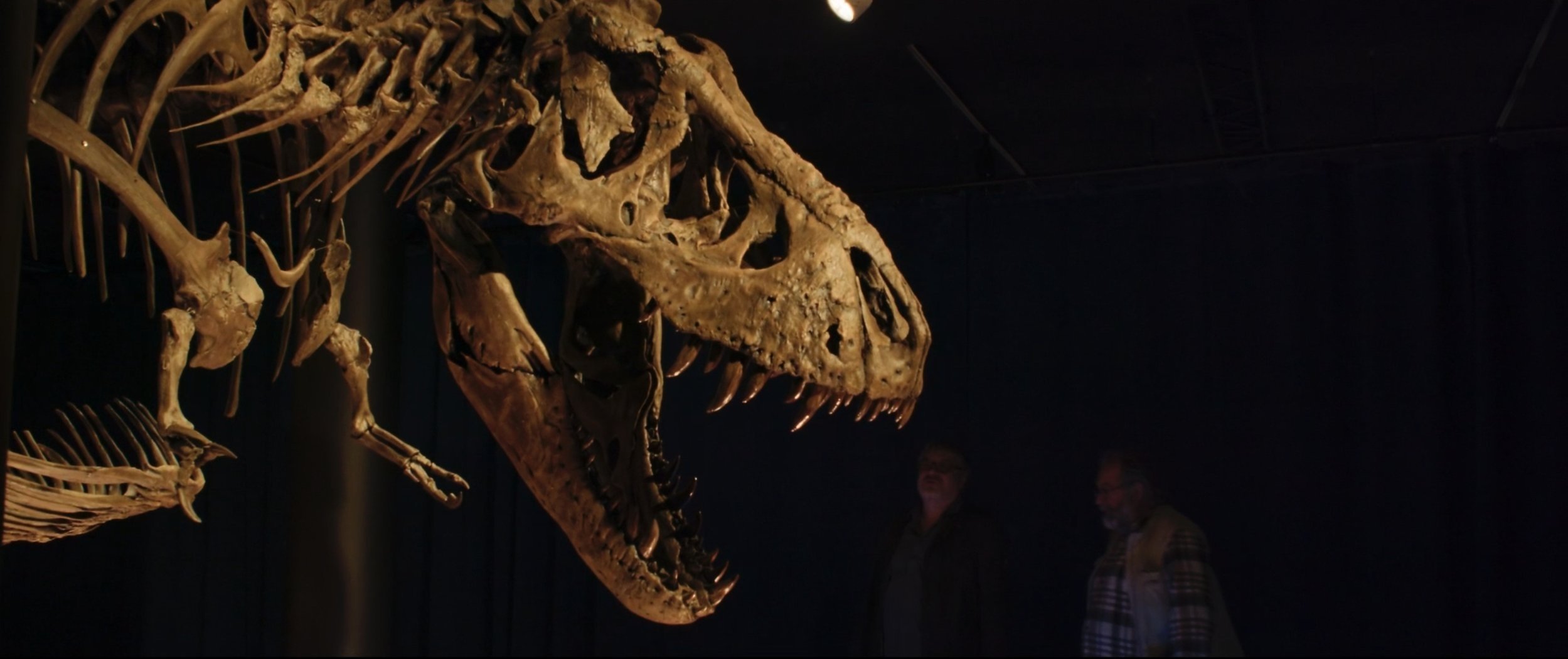Introduction to James Cameron Retrospective
He’s the King of the World, or, at least, he once claimed to be on live television. James Cameron is one of the most influential and successful directors of the past 40 years. He has helped shape our modern cinematic culture, pioneering filmmaking technology and popularizing digital storytelling and blockbuster trends. He’s made some of the biggest movies ever made, but these days, he spends more time exploring the ocean floor than making movies.
But in the midst of the pandemic, after quietly working with his team in New Zealand for the better part of a decade, he finally announced the release date of Avatar: The Way of Water: December 16, 2022. Cameron is back, making it the perfect time to look back on his work as a filmmaker.
James Cameron started out as a special effects artist for Roger Corman, making low-budget alien goo and robots for the B-movie producer extraordinaire. In 1982, Cameron finally got a chance to direct a feature himself with Piranha II: The Spawning, the extra-low budget sequel to Corman’s hit 1978 Jaws ripoff. Alas, Cameron was fired from the production and wasn’t allowed any input on the editing. But Cameron wasn’t deterred, and he came back with a vengeance in 1984 with The Terminator, which forever changed science-fiction cinema.
The Terminator marked the beginning of a run of ambitious and exciting works of science fiction filmmaking. In 1986, he made a sequel to Ridley Scott’s Alien that lives up to the original and garnered Sigourney Weaver her first (and only) Oscar nomination. He furthered his obsession with deep-sea exploration in 1989’s The Abyss, which featured state-of-the-art computer-generated imagery in place of practical effects. (We all know this process as CGI today.)
In 1991, he made the biggest action movie ever made—at least at that time. Terminator 2: Judgment Day was a cultural behemoth. It cemented Cameron as the King of the Box Office. Cameron continued to work with Schwarzeneggar, pairing him with Jamie Lee Curtis, in the spy rom-com True Lies, which was a rare foray into the “real world”—although, with the scale of the damage and the arch tone of the material, it can hardly be called realistic. True Lies went over-schedule and over-budget (which were becoming trends with Cameron), but it again did big business at the box office.
Cameron’s popular success since the release of The Terminator allowed him to make a passion project, a big-budget romantic epic set during the sinking of the Titanic. Starring two of the hottest young stars of the time, Leonardo DiCaprio and Kate Winslet, Titanic was predicted to be a massive failure. Rumours of on-set food poisonings, near-drownings, megalomaniacal task-mastering on the part of Cameron, and a production that went months over schedule created an atmosphere of doom in the months leading to its release. But then the unlikely happened: it became a cultural juggernaut and the highest grossing film of all time. It won 11 Oscars, including Best Picture and Best Director for Cameron, which remains a record to this day—one which it shares with Ben-Hur and The Lord of the Rings: The Return of the King.
In the years following the release of Titanic, Cameron took a break from feature filmmaking. He created the television series Dark Angel and forwarded camera and CGI technology, specifically in the realm of 3D. But mostly, he explored the ocean floor and the wrecks of great ships. He made a series of documentaries: Expedition: Bismarck, about the wreck of the German battleship Bismarck; Ghosts of the Abyss, which had Cameron return to the wreck of the Titanic; and Aliens of the Deep, about the otherworldly nature of deep-sea life.
People assumed that Cameron had left feature filmmaking behind to follow his passion for the sea, but in 2009, he returned, again with a long-delayed epic that many predicted was doomed for failure: Avatar. Again, Cameron blew away all expectations, with the film becoming the biggest movie of all time and another cultural behemoth that dominated international box offices, racked up awards, and showcased ground-breaking technology (in this case, 3D and motion capture technology) in its story of humans on a mysterious alien world.
Just as he did after Titanic, however, Cameron went back to exploring the ocean floor in the years following Avatar. He promised to make sequels, but each subsequent delay made their eventual release ever less likely. But now we’ve seen the trailers, read the interviews, and purchased tickets for the release only weeks away. Now is the time to talk about James Cameron and his small filmography of movies that have shaped and reshaped contemporary blockbuster cinema.
In the build-up to the release of Avatar: The Way of Water on December 16, the 3 Brothers will review all of Cameron’s feature films, including the little-seen and hard-to-find feature Piranha II: The Spawning, and his three documentaries, Expedition: Bismarck, Ghosts of the Abyss, and Aliens of the Deep. Each review will dig into the storytelling and cinematic qualities of the films, as well as investigate Cameron’s thematic obsessions and unique ways of making movies. Together, the reviews will present a throughline for Cameron’s career and a unified statement on his contributions as a filmmaker and his importance to contemporary cinema. We will also offer roundtable discussions on the various stages of his career, and then cap it all off with a roundtable discussion of Avatar: The Way of Water upon its release.
So join us as we delve beneath the waves and explore the cinema of James Cameron.
James Cameron Retrospective Reviews
Piranha II: The Spawning (1982)
Terminator 2: Judgment Day (1991)
Roundtables
The Career of James Cameron Part 1 (1982-1991)
The Career of James Cameron Part 2 (1992-2021)



Anders and Anton work out why they feel that the Coen brothers’ 2016 Hollywood satire, Hail Caesar! might actually be a great movie to watch on Easter weekend.